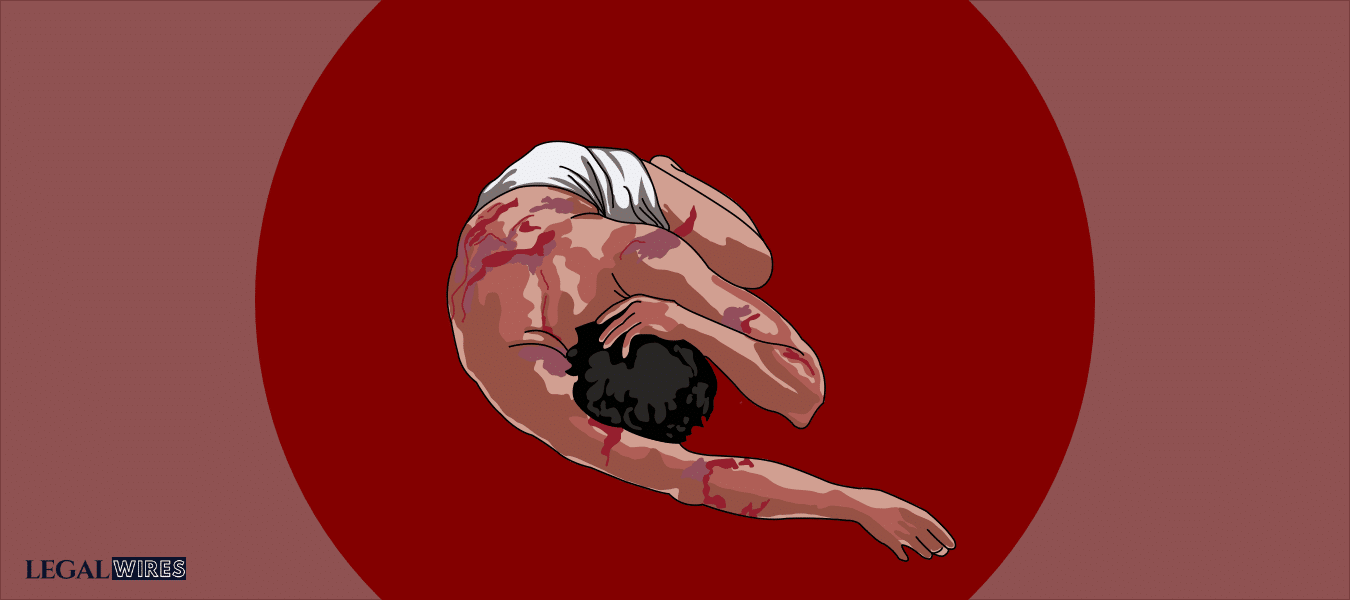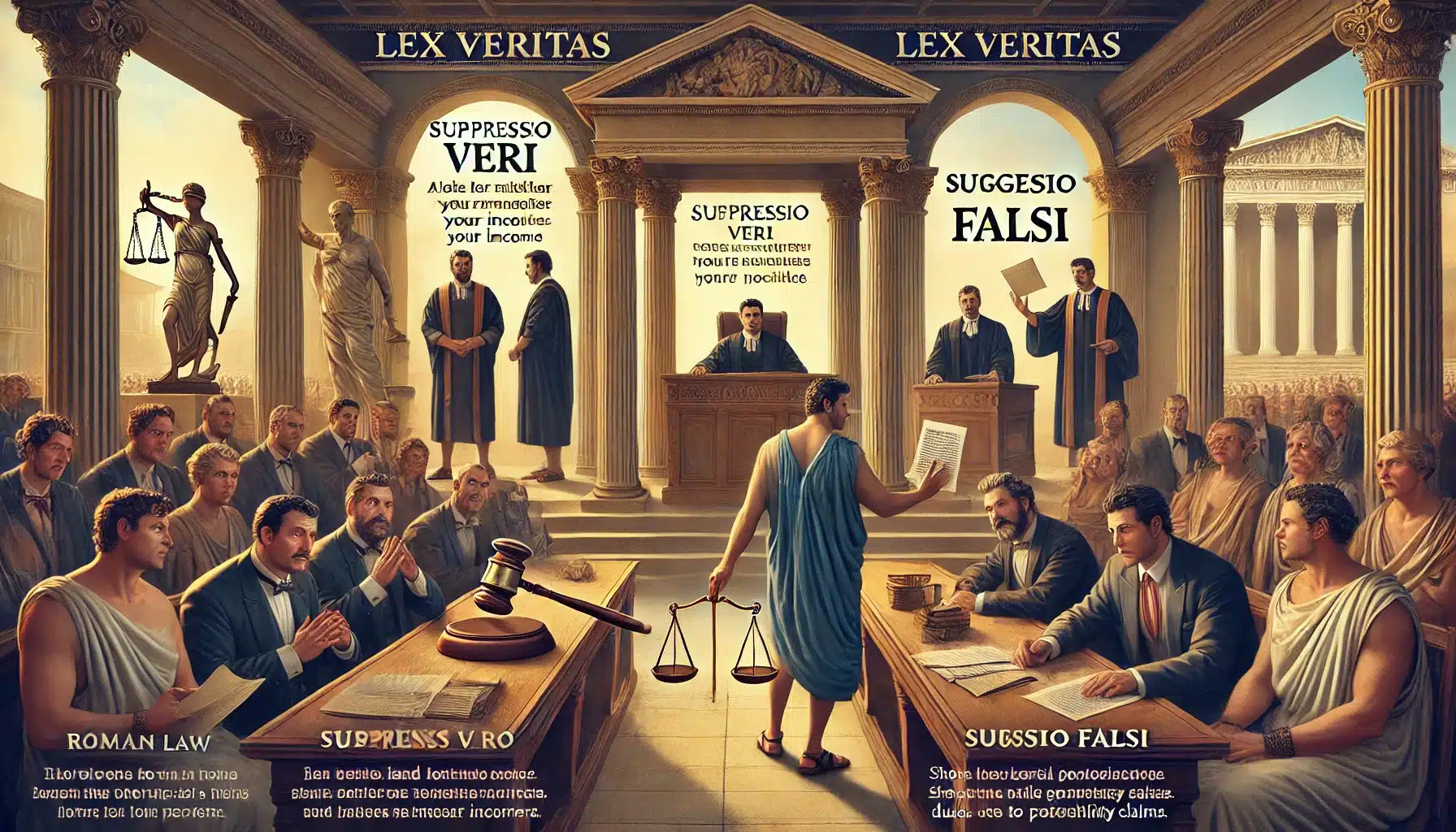The word “injury” denotes any harm whatever illegally caused to any person, in body, mind, reputation or property. The code covers the physical as well as mental injury within its ambit so it provides a broad interpretation of the term ‘Injury’ within its ambit.

Meaning of the term ‘Injury’[1]–
Physical damage or harm that is caused by an accident or an attack is known as injury. It is a basic etymological definition of the Injury.
Definition of the term ‘Injury’-
Section 44 of the Indian Penal Code, 1860[2]– The word “injury” denotes any harm whatever illegally caused to any person, in body, mind, reputation or property. The code covers the physical as well as mental injury within its ambit so it provides a broad interpretation of the term ‘Injury’ within its ambit.
Types of Injuries[3] –
- Injuria Sine Damnum- It is a Latin maxim which translates into injury without damage, so a person can claim compensation under it even if there is no physical harm or damage is caused to him by the defendant. It is a principle under tort law which enables a person to gain damages without any actual harm because there was a legal injury involved in the mix.
- Damnum Sine Injuria- It is a Latin maxim which translates into damage without any injury meaning there is a damage but there is no legal wrong so the person who has suffered the damage wouldn’t be eligible for compensation. It is again a principle of Tort law.
Use Cases in Indian Judiciary-
Indian Judiciary applied the concept of Injury Sine Damnum in the case of Bhim Singh versus State of Jammu & Kashmir,[4]Bhim Singh was arrested and detained by the police while he was going to attend the legislative assembly session. There was also going to be a voting session in the assembly. His detention made him refrain from the right to vote in the assembly. His vote was very quintessential for the assembly and since he was not allowed to vote so he suffered a legal injury, he didn’t suffer any physical damage. He was not even presented before the court for four days and was kept in detention. The case was all about the violation of personal liberty where police even after apprehending him didn’t follow the standard procedure of producing him before the magistrate. The violation of Article 21 and 22 of the Constitution of India was identified.
It was held that there was an arrest with the insidious and vindictive expectation and the plaintiff was qualified for the compensation of Rs. 50,000. In the specific instance of Injuria Sine Damnum, the court has the purview to remunerate by granting appropriate fiscal pay.
It was concluded that the member of the legislative assembly was arrested while en route to the seat of assembly & in consequence the member was deprived of his constitutional rights to attend the assembly session & responsibility for the arrest & hence is entitled to reasonable compensation.
The concept of Damnum Sine Injuria can be best explained through the Ushaben v. Bhagyalaxmi Chitra Mandir[5]; The plaintiffs sued for a changeless directive against the litigants to limit them from displaying the movie named “Jai Santoshi Maa”. It was contended that the film hurt the strict sentiments of the party to the extent that Goddesses Saraswati, Laxmi and Parvati were portrayed as envious and were derided. It was seen that hurt to strict emotions had not been perceived as a legitimate wrong. Additionally, no individual has a lawful option to implement his strict perspectives on another or to limit another from doing a legitimate demonstration, simply in light of the fact that it didn’t fit in with the fundamentals of his specific religion. By the observation of the factual matrix the movie it can be said that religious portrayal of the gods as jealous entity was a form of a satire to show that even gods are not perfect so there was no harm done to the sentimental values of the people and Since there was no infringement of a legitimate right, solicitation of directive was dismissed.
Origin of the term ‘Injury’-
The term ‘Injury’ originated from the Latin word called ‘Injuria’ which translates into wrong, an injustice, insult, unlawful violence, assault, damage and harm. This word was the beginning of an understanding of the legal ambit.[6]
[1] Cambridge dictionary , definition of term Injury, Cambridge dictionary, 14/06/2020, 5:30pm https://dictionary.cambridge.org/dictionary/english/injury
[2] Section 44, Indian Penal Code, 1860
[3] Sakshi Raje, Injuria Sine Damno and Damnum Sine Injuria, 14/06/2020, 6:00pm, http://lawtimesjournal.in/injuria-sine-damno-damnum-sine-injuria/
[4] Bhim Singh v. State of Jammu & Kashmir, AIR 1986 SC 494
[5] Ushaben v. Bhagyalaxmi Chitra Mandir, 1977 GLR 424
[6] Online Etymology Dictionary, Etymology of the Injury, https://www.etymonline.com/word/injury, 14/06/2020, 7:00pm




